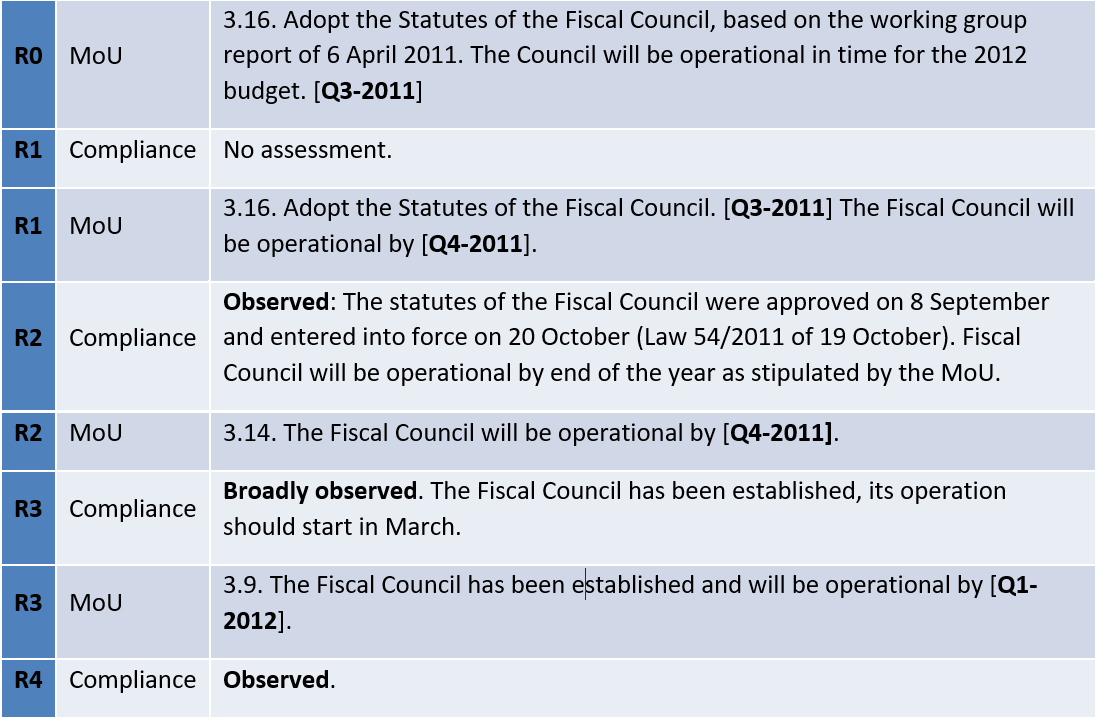Illuminating insight into country programmes: the ESM programme database

Ever found yourself searching for numbers around financial assistance offered to countries during the euro debt crisis? Would you like to have all those figures at your fingertips, in a visually compelling way?
The ESM offers a state-of-the-art and interactive tool to enable users to explore a wealth of information on the EFSF and ESM financial assistance programmes for Ireland, Greece, Spain, Cyprus, Portugal. The ESM programme database makes delving into this normally difficult-to-retrieve information on lending and programme monitoring easily accessible to all.
The database features five interactive dashboards on loan disbursements, loan repayments, interest and fees, conditionality, and economic indicators. Filters allow users to organise and tailor the data display according to their needs. In addition, users can download data as spreadsheets, along with related resources, such as press releases, bond term sheets, and lending contracts.
Here are a few examples of how it works.
A unique presentation of conditionality
The EFSF and ESM disburse loans when economic and financial reforms are implemented – this is known as conditionality. To create the innovative conditionality dashboard, the ESM extracted the conditionality clauses, and the compliance assessment for each of those clauses, from around 60 different official reviews across all EFSF and ESM programmes. With this tool, all the clauses are easily searchable according to specific topics.
Say, for example, you are searching for details on the establishment of a Fiscal Council in Portugal, which was a condition listed in the Memorandum of Understanding (MoU). With the conditionality dashboard, you can display a history of how compliance with this condition was assessed until its completion in July 2012. Without the help of the dashboard, you would need to browse through five different reports to arrive at similar results.
Figure 1: Setup of a Portuguese fiscal council as a disbursement precondition

Note: First column refers to reviews (R0 to R4): R0: May-2011, R1: Sept-2011, R2: Dec-2011, R3: Apr-2012, R4: Jul-2012.
Visually enhanced data
The EFSF debt relief measures for Greece included the smoothing of its loan repayment profile and an extension of loan maturities. While reading about these measures in a press release or other documents gives a general idea of how this benefitted Greece, the repayments dashboard will create a chart that conveys that message far more vividly and emphatically. This was Greece’s repayment profile in January 2017:
Figure 2: Greece’s EFSF repayment profile, January 2017 (before implementation of debt relief measures)

After the implementation of the debt relief measures, the profile looks vastly different. The smoothing of the repayments and extension of loan maturities are clearly visible.
Figure 3: Greece’s current EFSF repayment profile (after implementation of debt relief measures)

Note: The repayment shown for 2015 was the return of EFSF bonds not used by Greece for bank recapitalisation, amounting to €10.9 billion.
Another level of detail is the type of underlying financial assistance agreement. We can see that the tranches that were part of the Master Assistance Facility Agreement underwent a maturity extension, while the other agreement types (PSI and bond Interest facilities) did not. Such functionality helps users to navigate the legal complexities of the EFSF and ESM programmes.
Forecast uncertainty
The design of EFSF and ESM financial assistance programmes drew upon macroeconomic and financial projections published in assessment reports. These served as input for key decisions, such as financing needs and disbursement amounts. The indicators dashboard allows users to recreate forecasts prepared during the course of the programme as charts, and to see how the projections were revised as the programme advanced.
Let us look at the ESM programme for Cyprus, and the forecasts concerning the fiscal balance from the early stages of that programme (May 2013). We can see that the projected deficit for the next three years was substantial at 8.4% in 2014:
Figure 4: Cyprus’s general government balance, May 2013 forecast

Source: The Economic Adjustment Programme for Cyprus (May 2013).
If we now compare that with a forecast prepared around two and a half years later (October 2015), one can see that there was a very sharp upward revision. Here the budget deficit is only 0.2% for 2014:
Figure 5: Cyprus’s general government balance, October 2015 forecast

Source: Programme Review – Summer 2015 (October 2015).
After the 2012—2013 banking crisis, Cyprus carried out prudent macroeconomic policies and made significant progress on structural reforms, which supported economic growth and strong revenue. The ensuing rapid reduction of its fiscal deficit was one of the main reasons for the success of the programme.
Whether you are searching for specific information, or generally interested in EFSF and ESM programmes, the programme database provides a powerful research tool at your disposal. We encourage you to try it in practice and discover its capabilities.
More on Twitter: #ProgrammeDatabase
About the ESM blog: The blog is a forum for the views of the European Stability Mechanism (ESM) staff and officials on economic, financial and policy issues of the day. The views expressed are those of the author(s) and do not necessarily represent the views of the ESM and its Board of Governors, Board of Directors or the Management Board.
Authors


